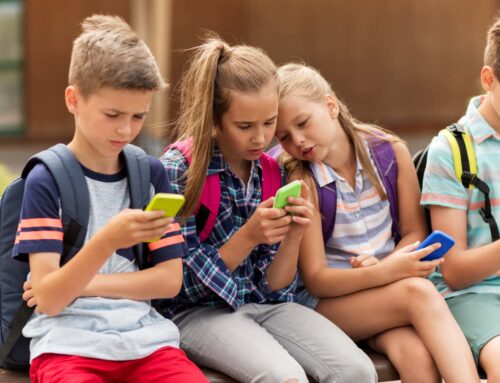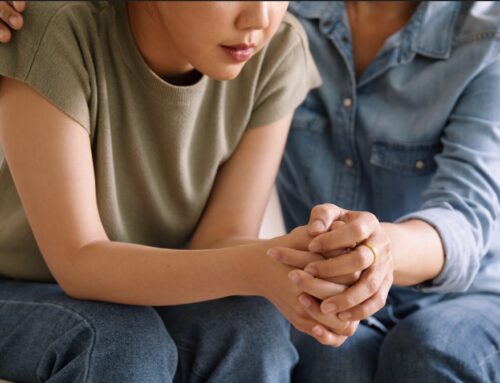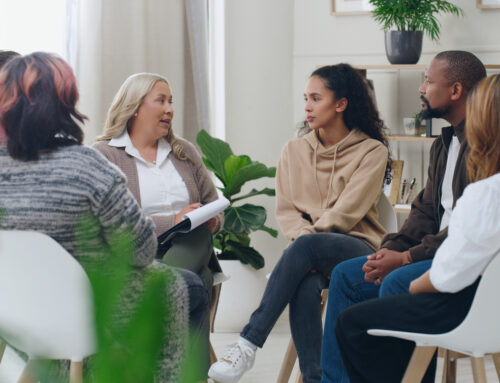 During my recovery, one of my therapists Thom, had me talk about and look at my inner child (aka: little Cheryl, a younger version of myself etc.) and how I relate (or related) to her and what may or may not come up in how I am relating it all to Ed. I heard from others how working with a younger version of yourself/inner child is a good thing, a not so good thing, can be difficult, didn’t do a thing to help, etc. There were many opinions that were tossed my way but since everyone’s recovery path is different, I wanted to see for myself and potentially learn from it so I could use it to benefit my recovery. So, I did it and it did help me very much in looking at things from a different perspective and also helped me find strength and compassion for myself.
During my recovery, one of my therapists Thom, had me talk about and look at my inner child (aka: little Cheryl, a younger version of myself etc.) and how I relate (or related) to her and what may or may not come up in how I am relating it all to Ed. I heard from others how working with a younger version of yourself/inner child is a good thing, a not so good thing, can be difficult, didn’t do a thing to help, etc. There were many opinions that were tossed my way but since everyone’s recovery path is different, I wanted to see for myself and potentially learn from it so I could use it to benefit my recovery. So, I did it and it did help me very much in looking at things from a different perspective and also helped me find strength and compassion for myself.
To help explain the information I am talking about when it comes to your inner child/younger version of yourself, I wanted to share with you a chapter from my book Telling Ed No! titled “Protect Your Inner Child”©
PROTECT YOUR INNER CHILD ©
“My inner child represents all of my disappointments, hurts, and traumas that I experienced in my early years. By creating a strong, loving parental voice to speak to that part of myself,
I could begin the process of healing those wounds.”
At one of my sessions with Thom, we talked about how the little girl inside of me still looked up to Ed and admired him. This innocent, inner child didn’t realize that Ed was actually like an abusive babysitter and that, in the past, the “adult Cheryl” had left her unprotected. According to Thom, my inner child represents all the dis-appointments, hurts, and traumas that I experienced in my early years. By creating a strong, loving, parental voice to speak to that part of myself, I could begin the process of healing those wounds. He said that this would also help me with the process of becoming an independent, self-caring adult. He explained that we needed to try to enlist the trust of my inner little girl and show her that Ed was not a good companion. She didn’t know any better and assumed that he was looking out for her best interests. She believed his lies. To undo Ed’s influence and make her feel safe, I had to nurture my inner child with love and guidance. For homework, Thom asked me to write a letter to my inner child from the adult Cheryl. Before I sat down to write it, I thought about what I wanted to say. I didn’t want to scold or try to convince her Ed was bad, because I feared she’d take his side. I was also scared she wouldn’t give me a chance, as I had abandoned her so many times before. I just wanted to tell her the truth and hoped that in the end she would develop the confidence that I truly loved her and would be strong enough to protect her. This is what I wrote:
Dear Little Girl,
I am sorry I have not been there for you when you needed me the most. The pain and suffering you have gone through and are going through is not your fault. I am here for you now, and I will take you under my wing and protect you for a life-time. Come with me; you will find strength, happiness, safety, contentment, love, and hope. I will help you fight the lies Ed tells you and will show you the truth. You can count on me to be beside you forever. I won’t let you down.
I love you,
Cheryl
Writing this letter helped me experience compassion for myself. It was a powerful way to connect with that innocent girl who was longing for my protection; my words conveyed something she needed to hear and something I needed to say.
REFLECTIONS
Think about your relationship with your inner child. How have you let her down, and what are you prepared to do to make things right? Sit in a quiet place and reflect. Listen to what she is saying. What would you like to say to her? Write a letter.
With health, hope and strength,
Cheryl
####





